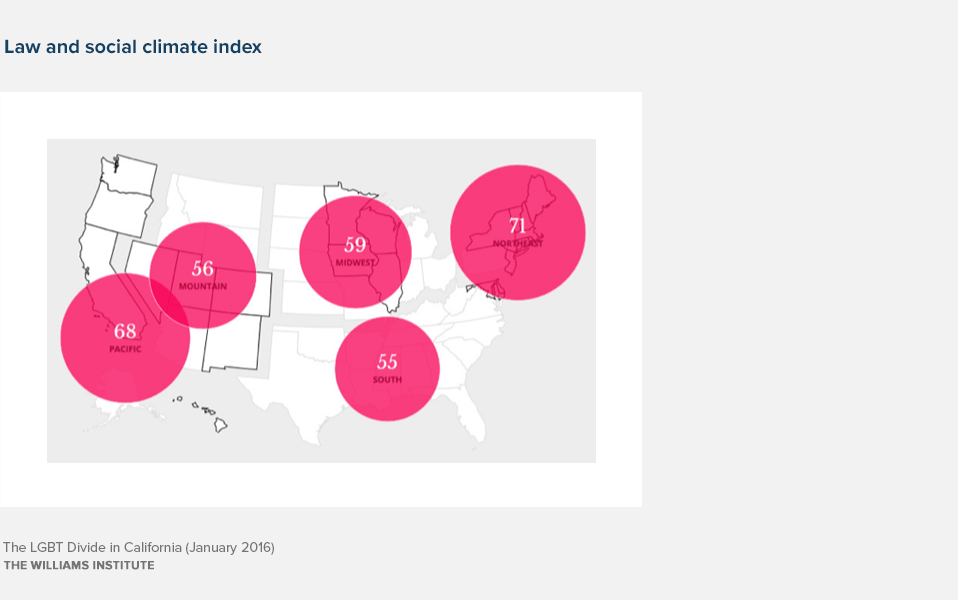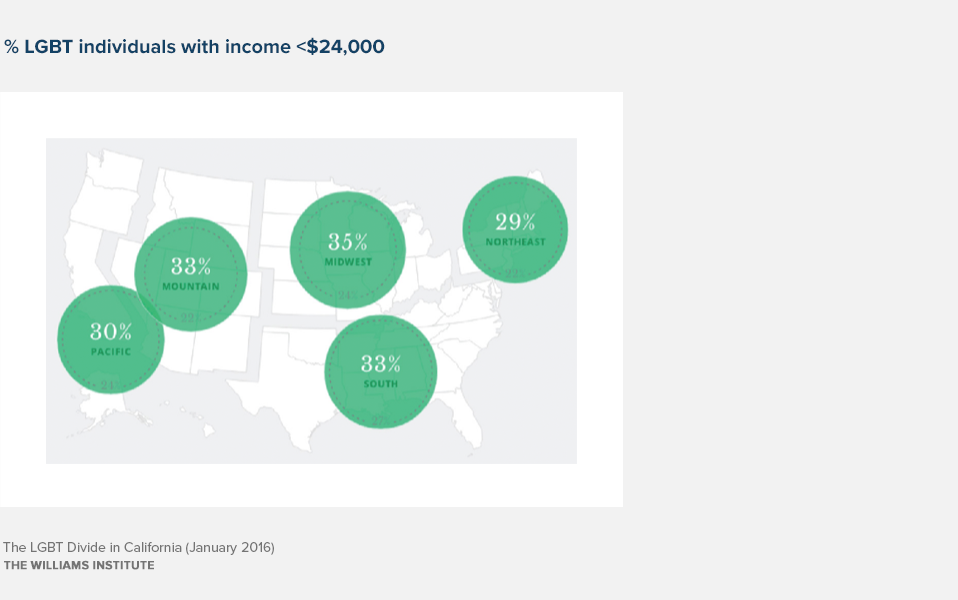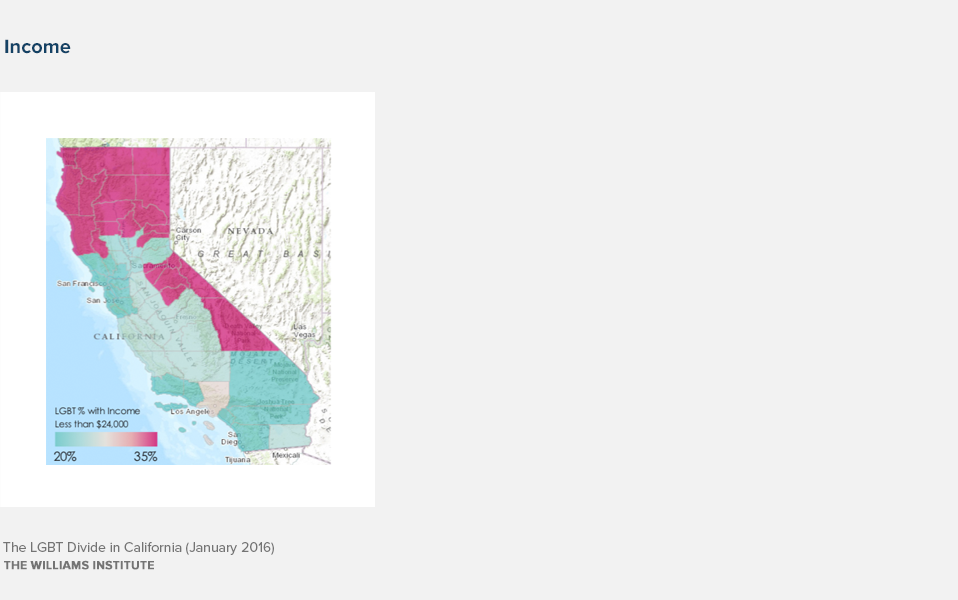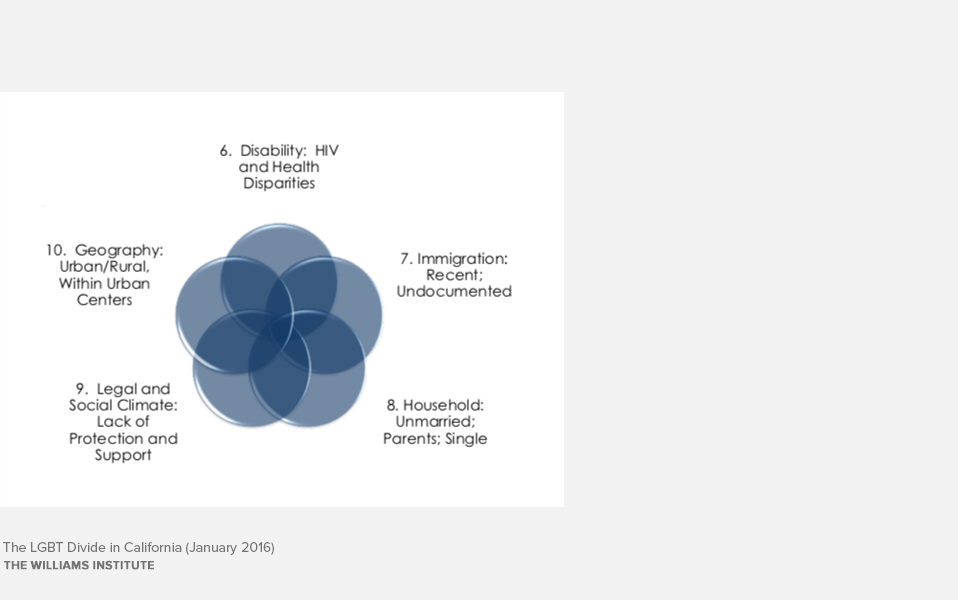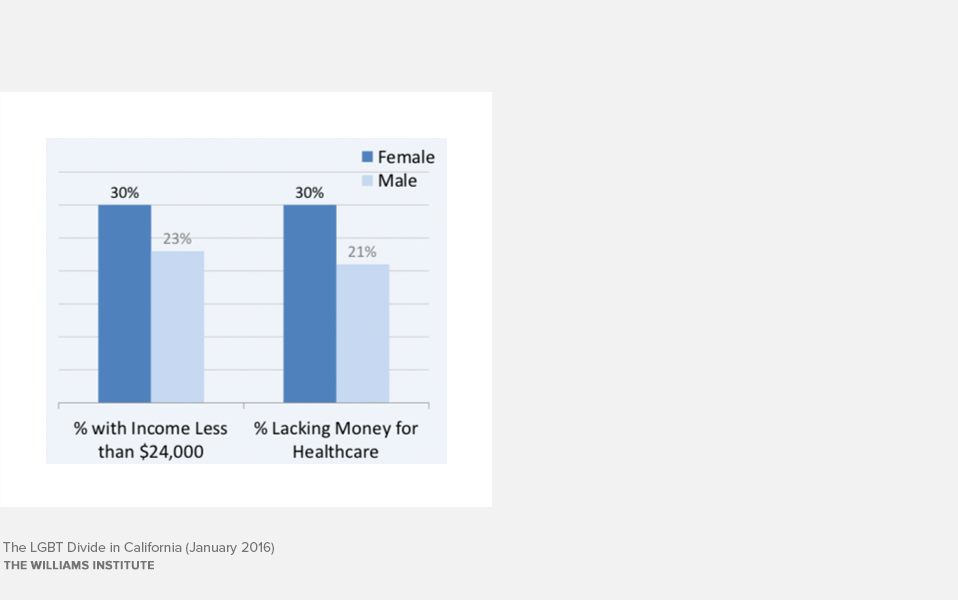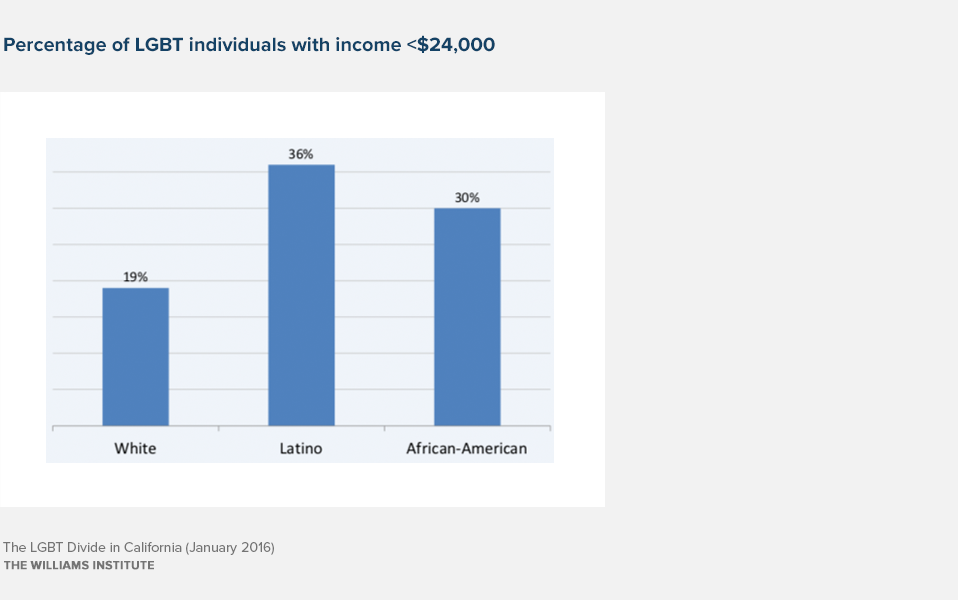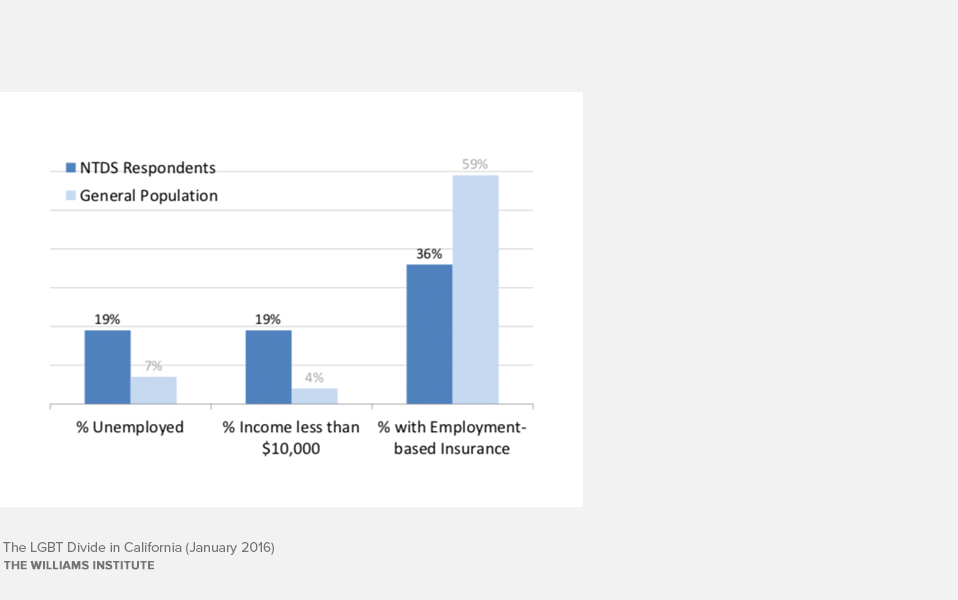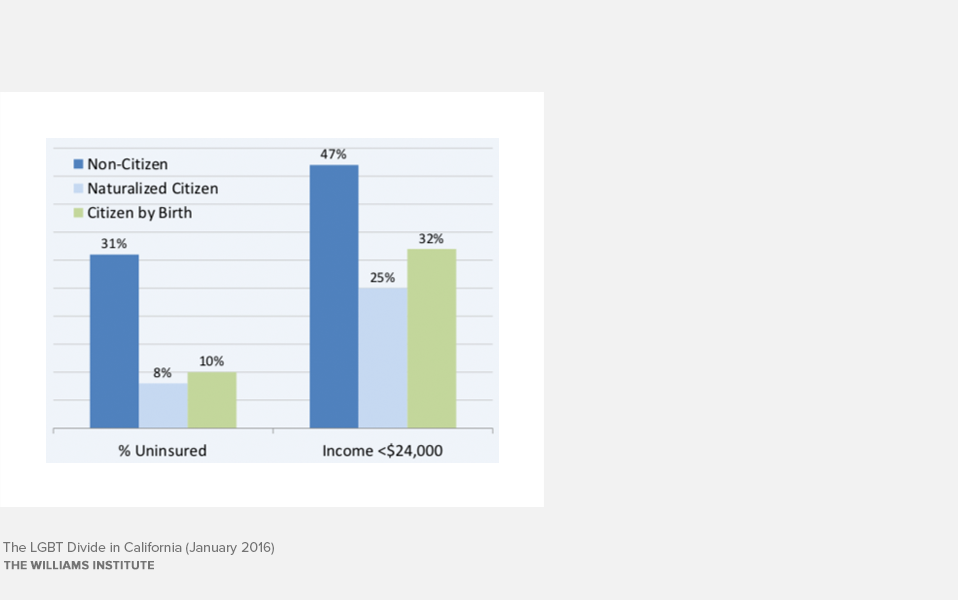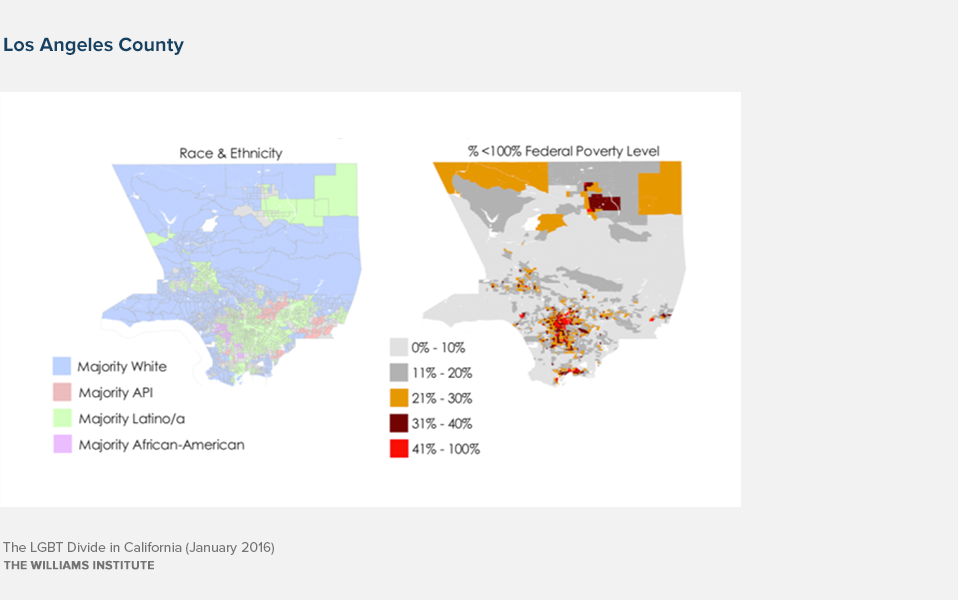Within a rapidly changing landscape with respect to LGBT equality acrossthe United States, regional differences persist in the social acceptance oflesbian, gay, bisexual and transgender people.
In fact, the social and political climate toward LGB people and existing state-level legal protections based on sexual orientation and gender identity are highly intertwined. Our regional U.S. data interactive showed that states with protective laws for LGB people have social climate indices, a measure of public attitudes about LGBT people, that are much more LGB-supportive than the states that lack those protections.
